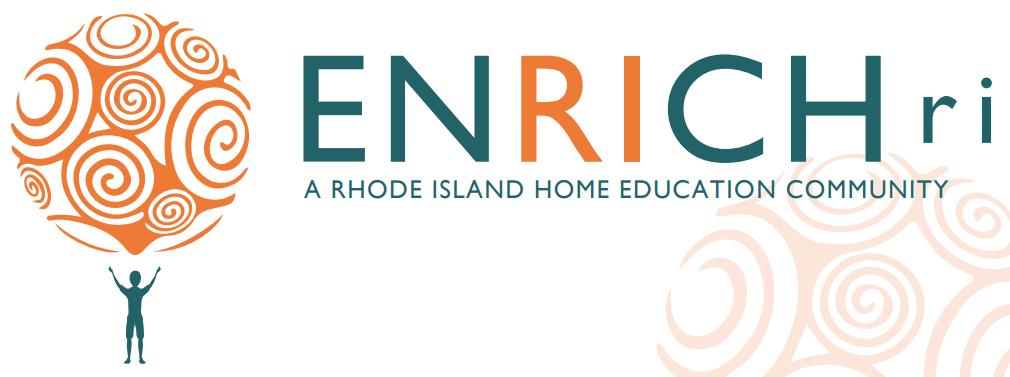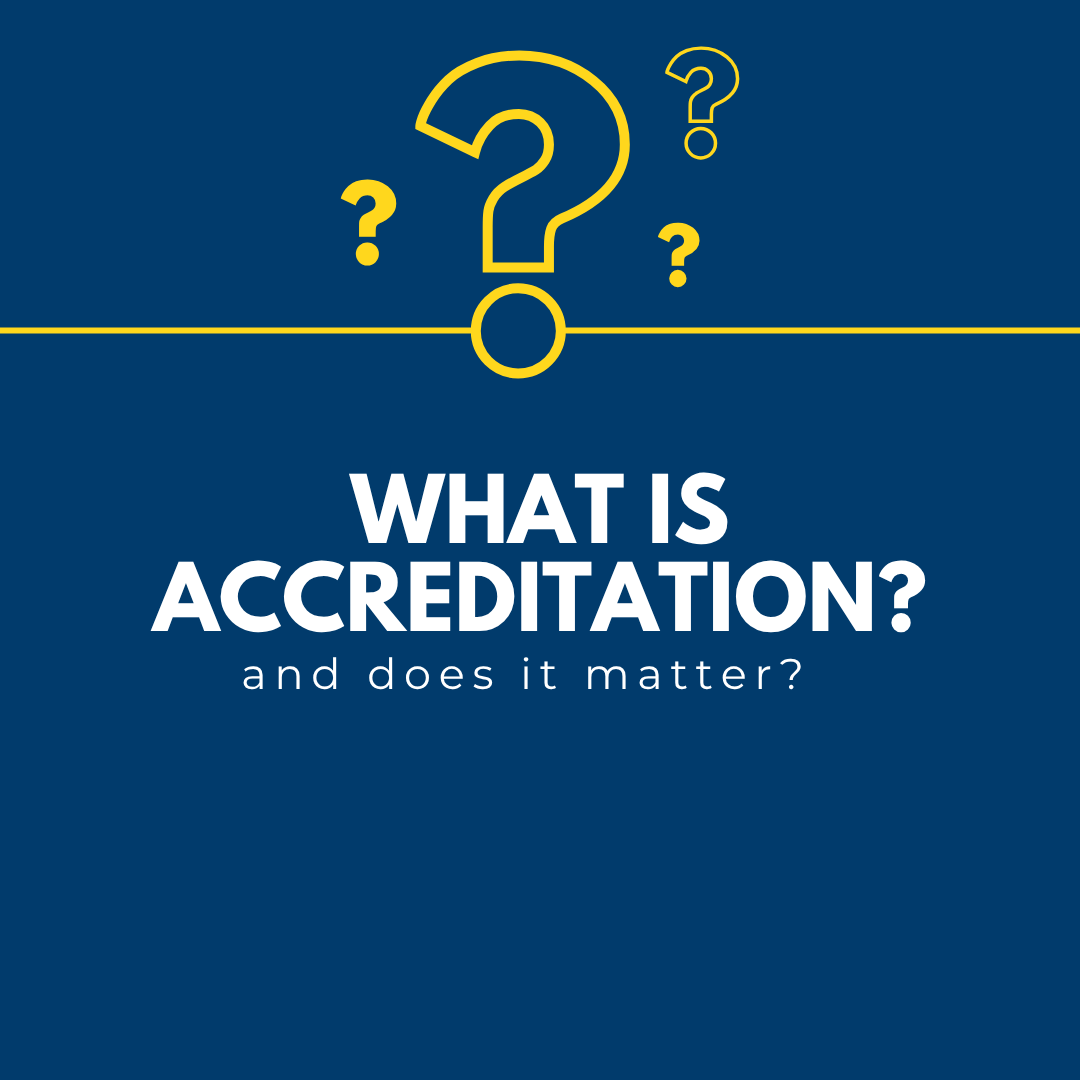Homeschooling High School: Designing a Course of Study
How to Decide What to Study in High School

We get quite a few questions about what students should study in high school. The short answer is it’s up to you! Rhode Island law does not specify graduation requirements for homeschoolers so as the parent you decide what your kid(s) are required to study before they graduate.
Of course, that answer doesn’t help much if you’re looking for a 4 year plan of courses that is already mapped out for your student. Unfortunately, we can’t give you a definitive list. What we can do is help you understand how to go about designing a high school course of study that is unique to your child and their needs. Here are the steps we recommend:
1. Look at where they’re going (or may be going) to compile your basics
Think about what your child’s path is likely to be after high school - this could be a trade, military, community college, or a 4 year college or university. If you have no idea, base what follows on the path that has the most requirements for admittance or acceptance. This plan offers the broadest range of future opportunities.
For example, if you think your child is headed into the military (few academic requirements), but it's possible they could opt for a university instead (more academic requirements), base your plan on the requirements for university. Having those requirements satisfied by graduation will allow your child to pursue either path immediately after high school or when they are an adult .
Once you’ve thought about the path (with their input, of course!), take a look at the actual requirements needed to make that happen.
4 Year Colleges
Typically, colleges require:
- 4 credits of Language Arts
- 3 credits of Social Studies
- 3 credits of Mathematics
- 2-3 credits of Science
- 2-3 credits of Foreign Language
Your child will also have some number of credits of electives - these can be in any subject or topic and may be used to further study in a particular area or to explore areas of interest. The number of total credits that states require for graduation is typically 20-24 but some universities do want a slightly higher number.
All college and university websites include their admissions requirements - note that these are usually
minimum
requirements, you’ll also want to look at the statistics at universities your child may be interested in for admitted students to understand what is realistically needed for acceptance. If your child has a specific university in mind, great - start there! If you’re not sure which colleges or universities your child may be interested in, choose 2-3 sample colleges and use those as your baseline.
You’ll also want to check requirements by major if your child has an area of study in mind. STEM fields often want to see a heavier concentration of science and math courses, for example. Likewise, more competitive schools are going to have more intense academic requirements than less competitive schools.
Trade / Military / Community College
These paths do not have the same specific academic requirements as 4 year colleges. You can use typical high school courses of study, to create a general outline and then do some additional research to get ideas. Generally, the basics would include:
- 4 credits Language Arts
- 3 credits Social Studies
- 3 credits Mathematics
- 3 credits Science
- 5-11 credits of electives (including foreign languages)
Then, for example, if your child is thinking of pursuing a trade and may want to own a business, you could include communications and accounting classes in their high school years.
2. Think about what you want them to know
The flexibility of homeschooling gives you the opportunity to consider everything, including “adulting” skills, during their high school years. What topics do you want to make sure your student has covered before they graduate? Personal finance, house and car maintenance, public speaking, the plays and poetry of Shakespeare, cooking and nutrition, sci-fi movies of the 1970s and 80s… whatever you think is important for your child before they launch into the world on their own. Make a list and use it as inspiration for courses and electives.
3. Consider their interests
This is where homeschool shines - you get to personalize their high school experience! Yes, you may have guidelines based on the above discussion (4 language arts, 3 social studies, 3 science, etc), but that doesn’t mean high school has to be cookie cutter. Think about your child’s interests, what excites them, and what they’re curious about and use that information to customize their academics.
Below is a table with the standard progression or list of specific courses for the core academic areas,
use this as a spring board not as prescribed list!
| Subject | Areas of Study |
|---|---|
| Language Arts | Literature (often U.S. Lit and World Lit), composition, grammar, and vocabulary |
| Social Studies | Geography, U.S. History, World History, Government, Economics |
| Mathematics | Algebra 1, Geometry, Algebra 2, Consumer Math, Pre-Calc, Trignometry, Statistics |
| Science | Earth Science, Physical Science, Biology, Chemistry, Physics |
| Electives | Foreign Language, Fine Arts, Music, Technology, Health, Physical Education, Home Economics, etc. |
For example, compare these two lists of 9th grade courses:
| Standard 9th Grade Courses | Customized 9th Grade Courses |
|---|---|
| English 9 | Literature and Composition: Sci-Fi and Pop Culture in America |
| U.S. History | Themes in American History: Voices of the Past & Present |
| Biology | Forensic Biology w/Labs |
| Algebra 1 | Algebra 1 |
| Spanish 1 | American Sign Language |
| Intro to Drawing | Drawing Fantasy Worlds and Characters |
Each of these courses of study will cover the basics needed for this student’s ninth grade year, but the one on the right will add meaning and engagement by tying learning to this particular student’s interests and curiosities.
Finally, keep in mind that there’s no way to see into the future. If, later into the high school years, it turns out your child needs a specific course or additional credits it’s not the end of the world. There are plenty of ways they can make it happen including condensed courses, dual enrollment, or possibly extending their graduation timeline. In the end the goal of homeschooling is giving our kids the skills they need to know HOW to learn so anything they choose after high school to do is possible.
Share Article































